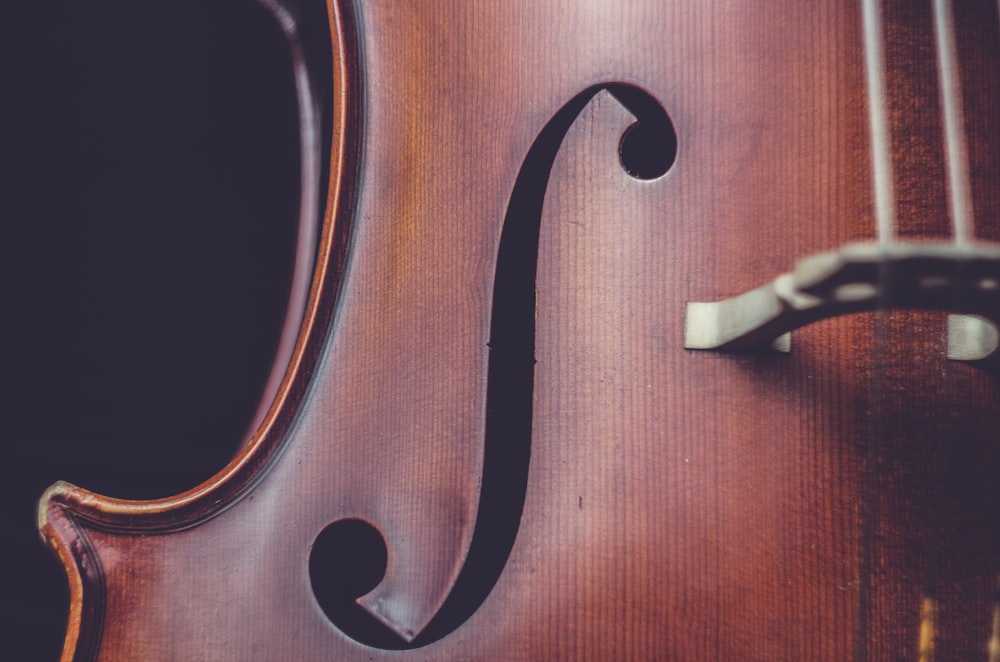Vivaldi’s Four Seasons: Capturing Nature’s Beauty in Music
The Genius of Antonio Vivaldi
Antonio Vivaldi, an Italian Baroque composer, is renowned for his masterful composition “The Four Seasons.” This musical masterpiece consists of four violin concertos, each representing a different season of the year. Vivaldi’s genius lies in his ability to capture the essence of nature through music, weaving intricate melodies and harmonies that evoke vivid imagery of seasonal landscapes.
Spring: The Awakening of Nature
The first concerto in “The Four Seasons” is “Spring,” a vibrant and exuberant depiction of nature’s awakening after winter. Through lively strings and uplifting melodies, Vivaldi paints a picture of blooming flowers, chirping birds, and a sense of renewal. The music brims with energy and optimism, mirroring the joyous spirit of the season.
Summer: Intense Heat and Stormy Passion
In contrast, “Summer” portrays the intensity of the season, with its scorching heat and sudden thunderstorms. Vivaldi’s use of rapid violin passages and dramatic dynamics captures the fiery passion of summer, transporting listeners to sun-drenched landscapes and turbulent weather patterns. The music pulsates with energy and drama, mirroring nature’s unpredictable temperament.
Autumn: Harvest Celebrations and Reflective Melancholy
As the season transitions to autumn, Vivaldi’s music shifts to a more introspective tone in the concerto “Autumn.” This movement evokes images of harvest celebrations, rustic landscapes, and the changing colors of leaves. The melodies are rich and contemplative, weaving themes of abundance, gratitude, and the bittersweet beauty of seasonal transitions.
Winter: Coldness and Barren Beauty
The final concerto, “Winter,” paints a picture of winter’s coldness and stark beauty. Vivaldi’s composition skillfully captures the chill of icy winds, the crackling of frozen landscapes, and the quiet solitude of winter nights. Through haunting melodies and evocative harmonies, the music conveys a sense of introspection, inviting listeners to ponder the serene yet unforgiving nature of the season.
Musical Techniques and Imagery
Vivaldi employs a range of musical techniques to bring the seasons to life in his compositions. From rapid arpeggios depicting raindrops to long, flowing melodies symbolizing gentle breezes, he uses every tool in his musical arsenal to create a vivid sensory experience. The interplay of different instruments mimics the sounds of nature, from chirping birds to rustling leaves, adding layers of realism to the music.
Symbolism and Interpretation
Beyond their musical beauty, Vivaldi’s Four Seasons also carry symbolic and allegorical meanings. Each concerto can be interpreted as a metaphor for human experiences, emotions, and life cycles. Spring represents new beginnings and optimism, summer embodies passion and intensity, autumn signifies reflection and gratitude, while winter symbolizes solitude and resilience.
Enduring Popularity and Cultural Impact
Despite being composed over three centuries ago, Vivaldi’s Four Seasons remains immensely popular and culturally significant. Its timeless appeal transcends generations and musical genres, making it one of the most recognizable and beloved works in classical music. The ability of “The Four Seasons” to evoke imagery, emotions, and connections to nature ensures its enduring legacy in the world of music and art. Read more about Classical music




